Machine learning, a subset of artificial intelligence (AI), has revolutionized the way computers learn and make decisions. It allows machines to analyze vast amounts of data, recognizes patterns, and make predictions or take actions without explicit programming.
One of the fundamental aspects of machine learning is understanding how AI learns through different approaches such as supervised and unsupervised learning.
Supervised learning involves training an AI model using labelled data, where each input is associated with a corresponding output. The goal is for the model to learn the mapping between inputs and outputs so that it can accurately predict outputs for new, unseen inputs. This approach requires human experts to provide annotated examples for training, which can be time-consuming and costly. However, supervised learning enables precise predictions by leveraging known outcomes from historical data.
On the other hand, unsupervised learning deals with unlabelled data where there are no predefined outputs. Instead, the AI model analyzes patterns and structures within the data to discover hidden relationships or groupings. Unsupervised learning algorithms aim to identify similarities or differences in the data without prior knowledge or guidance. This approach allows for exploratory analysis and finding insights that may not be immediately apparent through manual examination. Unsupervised learning provides a powerful tool for uncovering hidden patterns in complex datasets and discovering novel associations that could lead to breakthrough discoveries.
In this article, we will delve into how AI learns through both supervised and unsupervised learning approaches. We will explore their respective methodologies, advantages, limitations, and real-world applications. By understanding these two distinct approaches to machine learning, we can gain insights into how AI systems become capable of making informed decisions based on vast amounts of data without explicit programming instructions.
Key Takeaways
- Supervised learning involves training an AI model using labelled data to accurately predict outputs for new inputs.
- Unsupervised learning deals with unlabelled data and aims to discover hidden relationships or groupings within the data.
- Machine learning algorithms use statistical techniques to identify patterns in data and make predictions or decisions.
- Machine learning enables computers to learn from vast amounts of data without explicit programming instructions.
Understanding Machine Learning
Machine learning is a computational approach that enables computers to automatically learn and improve from experience without being explicitly programmed, allowing them to make predictions or take actions based on patterns and insights derived from data.
It is a subfield of artificial intelligence (AI) that focuses on developing algorithms and models that can learn and adapt independently.
The goal of machine learning is to enable computers to perform tasks accurately and efficiently, even in the presence of uncertainty or incomplete information.
In order to achieve this, machine learning algorithms use statistical techniques to identify patterns in data and make predictions or decisions.
These algorithms are trained using large datasets, where they learn by finding relationships between input variables (features) and output variables (targets).
Through this process, the algorithm learns how different features relate to each other and how they affect the target variable.
Once trained, the algorithm can then be used to predict outcomes for new inputs by applying what it has learned from the training dataset.
Overall, machine learning plays a crucial role in various domains such as finance, healthcare, marketing, and autonomous systems.
By enabling computers to learn from vast amounts of data without being explicitly programmed for every scenario, machine learning empowers businesses and individuals with the ability to make informed decisions based on accurate predictions and insights derived from complex datasets.
This freedom from manual programming allows for greater efficiency, scalability, and adaptability in solving real-world problems using AI technologies.
What is supervised learning?
Labelled datasets are utilized in supervised learning to train algorithms by categorizing data accurately, enabling the model to measure its accuracy and acquire knowledge over time.
This approach involves providing the algorithm with input-output pairs, where the inputs are the features of the data and the outputs are their corresponding labels or categories.
The algorithm then uses this labelled data to learn patterns and relationships between the features and labels, allowing it to make predictions or classify new unseen data.
Supervised learning can be further classified into two types: classification and regression. In classification problems, the goal is to assign test data into specific categories based on patterns learned from labelled training data.
For example, a spam email classifier can be trained using labelled emails as spam or non-spam, allowing it to accurately classify incoming emails.
On the other hand, regression deals with predicting numerical values based on different input variables. Regression models are useful for tasks such as sales revenue projections, where historical sales data can be used to predict future revenues based on various factors.
Overall, supervised learning provides a powerful framework for training algorithms using labelled datasets. By leveraging this approach, machine learning models can learn from past examples and make accurate predictions or classifications on new unseen data points.
What is unsupervised learning?
Unsupervised learning is a machine learning technique that utilizes algorithms to analyze and cluster unlabeled data sets, allowing for the discovery of hidden patterns and relationships without human intervention.
This approach is particularly useful when there is no prior knowledge or labelled examples available for training the model. By examining the inherent structure within the data, unsupervised learning algorithms can identify similarities or differences between data points and group them accordingly.
One of the main tasks in unsupervised learning is clustering, which involves grouping similar data points together based on their intrinsic characteristics.
For example, K-means clustering algorithms assign data points into clusters by minimizing the distance between each point and its centroid. This technique has numerous applications such as market segmentation, where customer preferences can be grouped to target specific marketing strategies.
Another task in unsupervised learning is association, which aims to discover relationships between variables in a dataset. Association rules mining identifies patterns among items frequently occurring together, often used in market basket analysis or recommendation engines to provide personalized recommendations based on customers’ purchase history.
By using unsupervised learning techniques like dimensionality reduction, it becomes possible to address problems with high-dimensional datasets. In such cases, reducing the number of features helps simplify the analysis while preserving important information about the original data.
Dimensionality reduction methods aim to find a lower-dimensional representation of the data that captures most of its variability and structure. This can be achieved through techniques like principal component analysis (PCA) or t-distributed stochastic neighbour embedding (t-SNE).
Overall, unsupervised learning offers valuable insights into complex datasets by automatically uncovering hidden patterns and structures without requiring explicit labels or guidance from human experts.
Exploring Raw Data
Exploring raw data involves delving into unprocessed information to uncover underlying patterns and relationships, providing valuable insights without the need for explicit guidance or pre-labelled examples.
In this stage of unsupervised learning, AI algorithms analyze the data without any prior knowledge or labels, allowing them to discover hidden structures and make sense of complex datasets. This process often involves techniques such as clustering, dimensionality reduction, and anomaly detection.
One common approach to exploring raw data is through clustering. Clustering algorithms group similar data points together based on their characteristics or attributes. By identifying clusters within a dataset, AI systems can gain a deeper understanding of the different categories or patterns that exist naturally within the data.
Another technique used in exploring raw data is dimensionality reduction. This method aims to simplify complex datasets by reducing the number of variables while preserving important information. By eliminating irrelevant or redundant features, AI models can focus on the most significant aspects of the data, making it easier to interpret and extract meaningful insights.
Overall, exploring raw data in unsupervised learning allows AI systems to autonomously uncover patterns and relationships within unstructured datasets.
By utilizing techniques like clustering and dimensionality reduction, these algorithms can reveal hidden structures that might not be immediately apparent to human analysts.
This process empowers researchers and organizations with valuable insights that can drive decision-making processes and fuel innovation in various fields ranging from finance to healthcare.
Predictive models
Predictive models are powerful tools that enable researchers and organizations to make accurate forecasts and anticipate future outcomes, revolutionizing decision-making processes and instilling a sense of confidence in the audience.
These models are designed to analyze historical data patterns and identify relationships between variables, allowing for the prediction of future events or behaviours. By leveraging machine learning algorithms, predictive models can uncover complex patterns within large datasets that would be difficult for humans to detect.
One popular approach to building predictive models is supervised learning. In this method, the model is trained on labelled data where each instance is associated with a known outcome.
Through iterative processes, the model learns from these labelled examples and generalizes its understanding to predict outcomes for new, unseen instances.
Supervised learning allows researchers to create accurate predictions by utilizing existing knowledge about past events and their corresponding outcomes.
Another approach to predictive modelling is unsupervised learning. Unlike supervised learning, unsupervised learning does not rely on labelled data but instead focuses on discovering hidden patterns or structures within unlabeled data.
This technique is particularly useful when there are no predefined classes or labels available. Unsupervised learning algorithms can cluster similar instances together or identify anomalies in the data that may indicate unusual behaviour or events.
Predictive models play a crucial role in enabling accurate forecasting and anticipating future outcomes. Whether through supervised or unsupervised learning methods, these models provide valuable insights that empower decision-makers with the ability to make informed choices based on historical data patterns.
As technology continues to advance, predictive modelling will undoubtedly become an increasingly important tool in various domains such as finance, healthcare, marketing, and more – ultimately aiding in delivering freedom through better decision-making processes.
Comparing Training Approaches
When comparing different training approaches in the context of predictive modelling, researchers can analyze their effectiveness by examining how well they uncover hidden patterns or structures within data.
Supervised learning is a common approach where the model is trained on labelled data, meaning that each input has a corresponding output. This allows the model to learn from examples and make predictions based on the patterns it identifies.
The advantage of supervised learning is that it provides clear feedback to the model during training, enabling it to adjust its parameters and improve its accuracy over time. However, one limitation of this approach is that it requires a large amount of labelled data, which can be expensive and time-consuming to obtain.
On the other hand, unsupervised learning does not rely on labelled data but instead focuses on finding patterns or structures within unlabeled data. This approach allows the model to discover hidden relationships or clusters without any prior knowledge about the data.
Unsupervised learning algorithms use techniques such as clustering or dimensionality reduction to identify similarities or groupings in the data. One advantage of unsupervised learning is its ability to handle large amounts of unlabeled data efficiently.
It can also uncover unexpected insights or anomalies that may not be apparent through supervised learning alone. However, since there is no ground truth for comparison, evaluating the performance of unsupervised models can be challenging.
When comparing training approaches in predictive modelling, researchers consider how well these approaches uncover hidden patterns or structures within data.
Supervised learning relies on labelled data and provides clear feedback during training but requires a significant amount of labelled examples. Unsupervised learning, on the other hand, discovers patterns in unlabeled data without prior knowledge but lacks an objective measure for evaluation.
Both approaches have their strengths and limitations depending on the availability and nature of the dataset being used for training AI models.
Making it important to carefully consider which approach to use based on the specific goals and characteristics of the dataset.
Conclusion
In conclusion, this article has explored the two main approaches to machine learning: supervised and unsupervised learning. Supervised learning involves training a model on labelled data, where the desired output is known for each input. This approach is commonly used in tasks such as regression and classification.
On the other hand, unsupervised learning leverages unlabeled data to identify patterns or structures within the dataset. By understanding these two approaches, researchers and practitioners gain valuable insights into how AI systems learn from raw data.
Supervised learning allows for accurate predictions based on known inputs and outputs, making it suitable for applications where labelled data is readily available. Unsupervised learning, on the other hand, enables researchers to uncover hidden patterns or groupings in large datasets without prior knowledge of the expected outputs.
Furthermore, this article has highlighted that both supervised and unsupervised learning have their strengths and limitations. While supervised learning requires labelled data which can be time-consuming and costly to obtain, it offers more control over the training process and yields precise results.
In contrast, unsupervised learning relies solely on raw data without any pre-defined labels but provides valuable insights into underlying structures or relationships in a dataset.
Overall, understanding how AI learns through both supervised and unsupervised learning approaches is crucial for developing robust models capable of extracting meaningful information from raw data.
As research in machine learning continues to advance, combining these two approaches may lead to even more powerful techniques that can tackle complex real-world problems effectively.
By leveraging the strengths of each approach while mitigating their limitations, we can unlock the full potential of AI systems in various domains ranging from healthcare to finance and beyond.
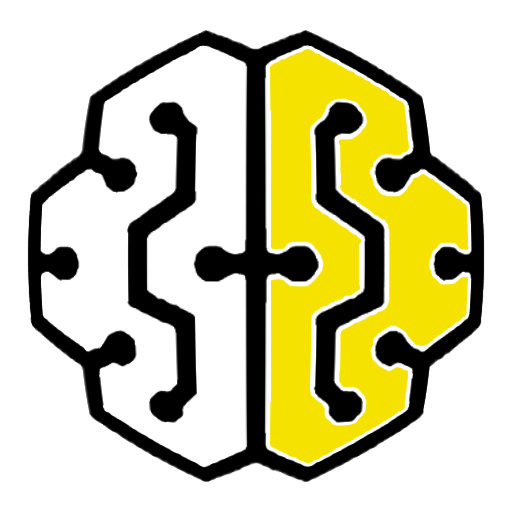
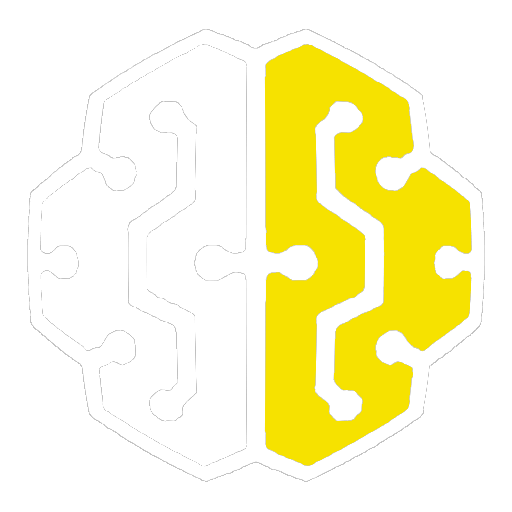

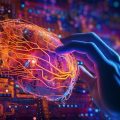

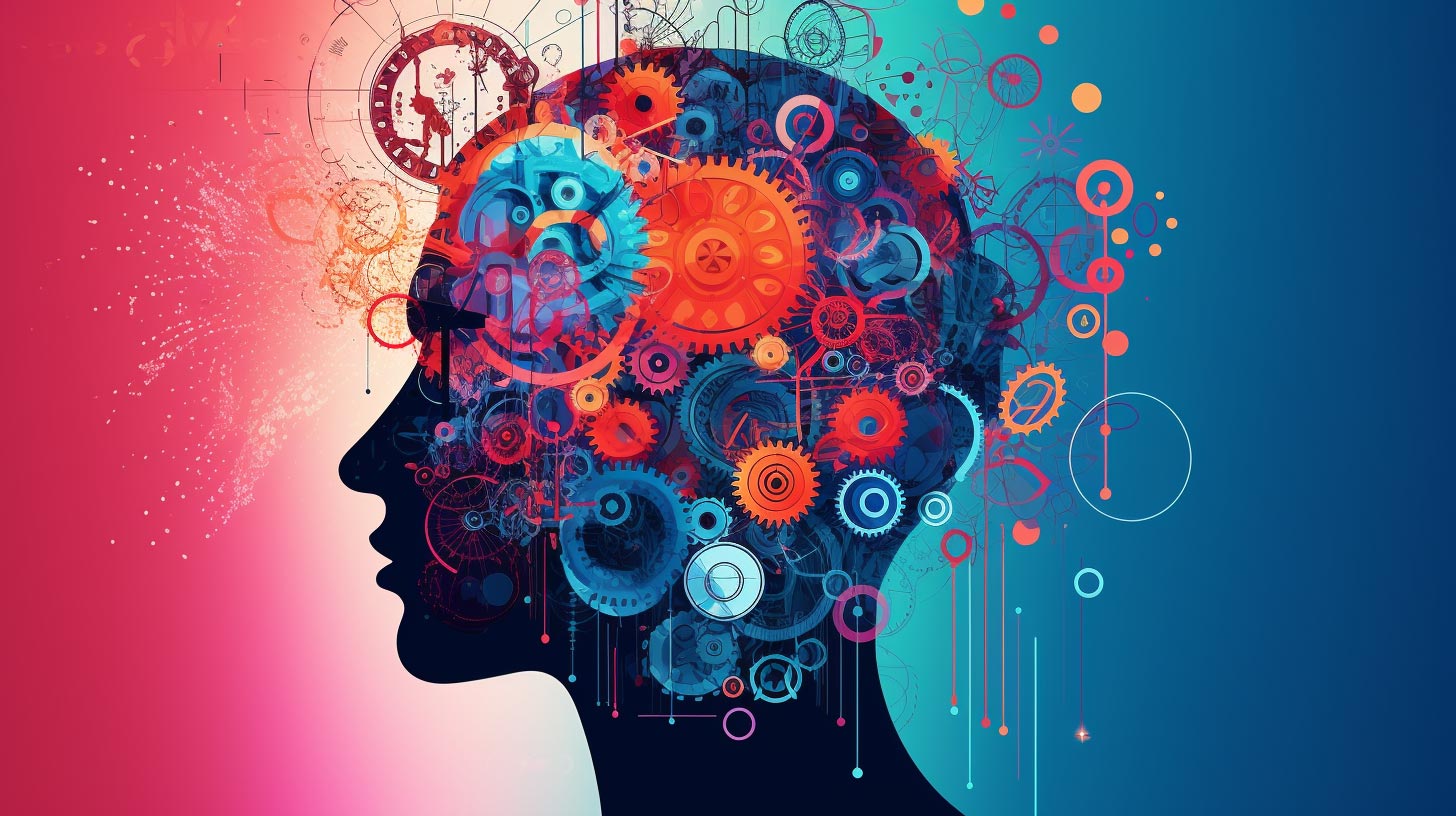
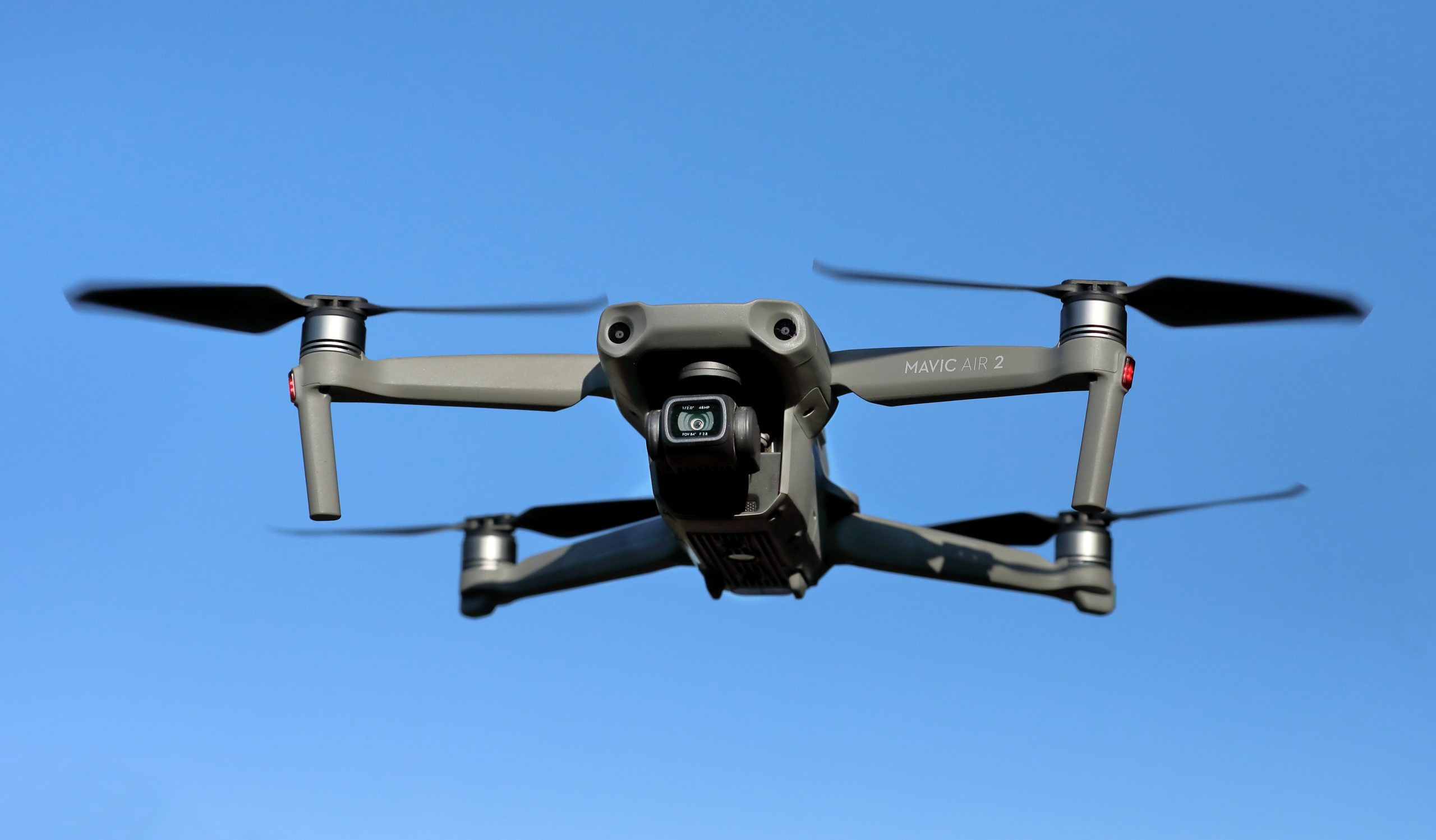

Leave a Reply